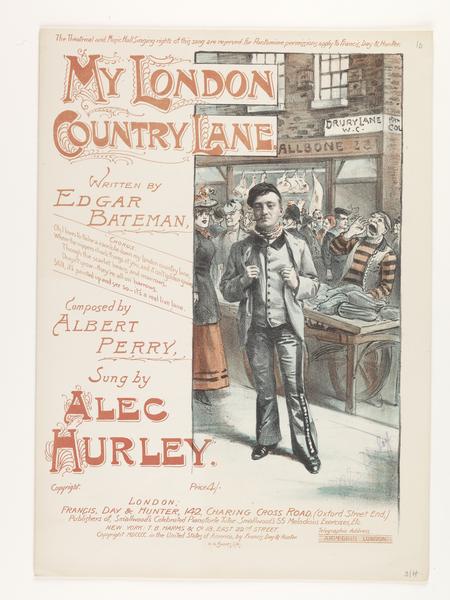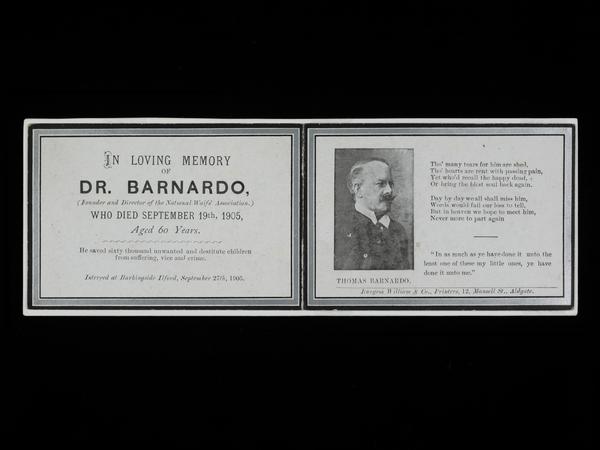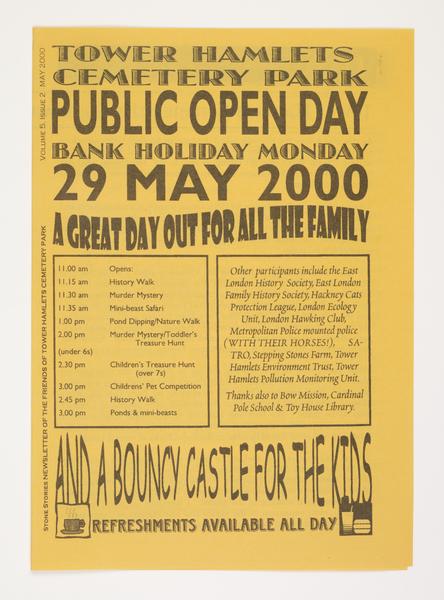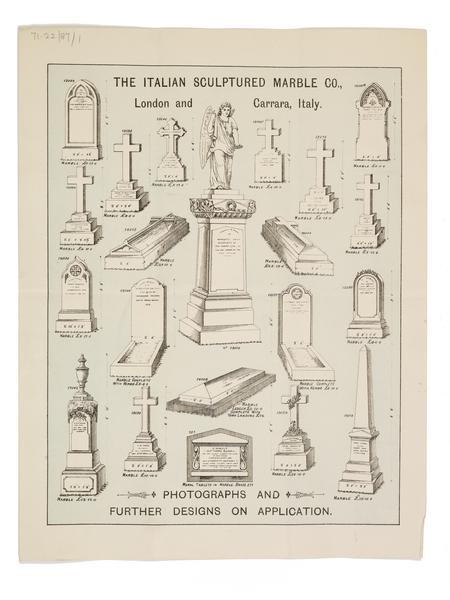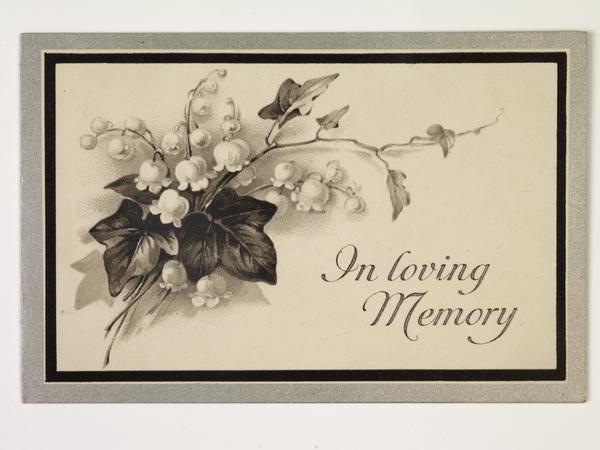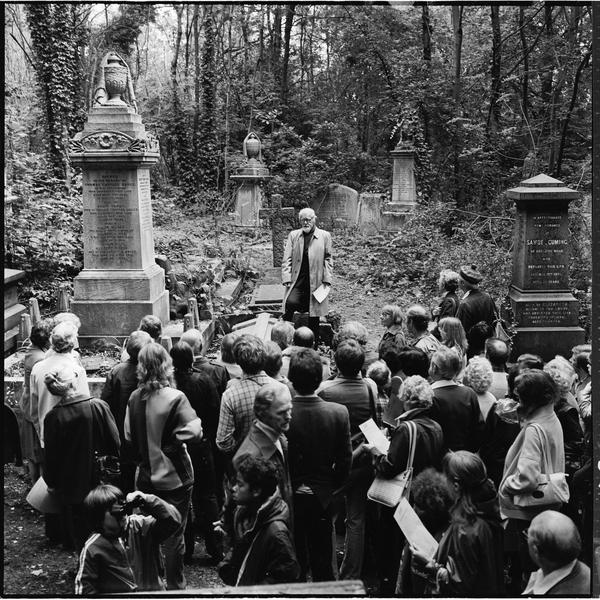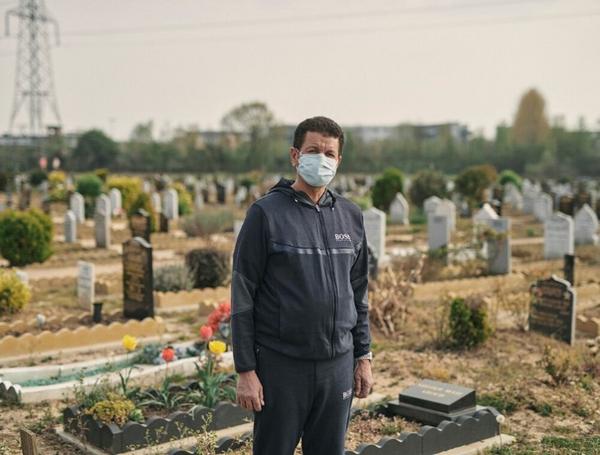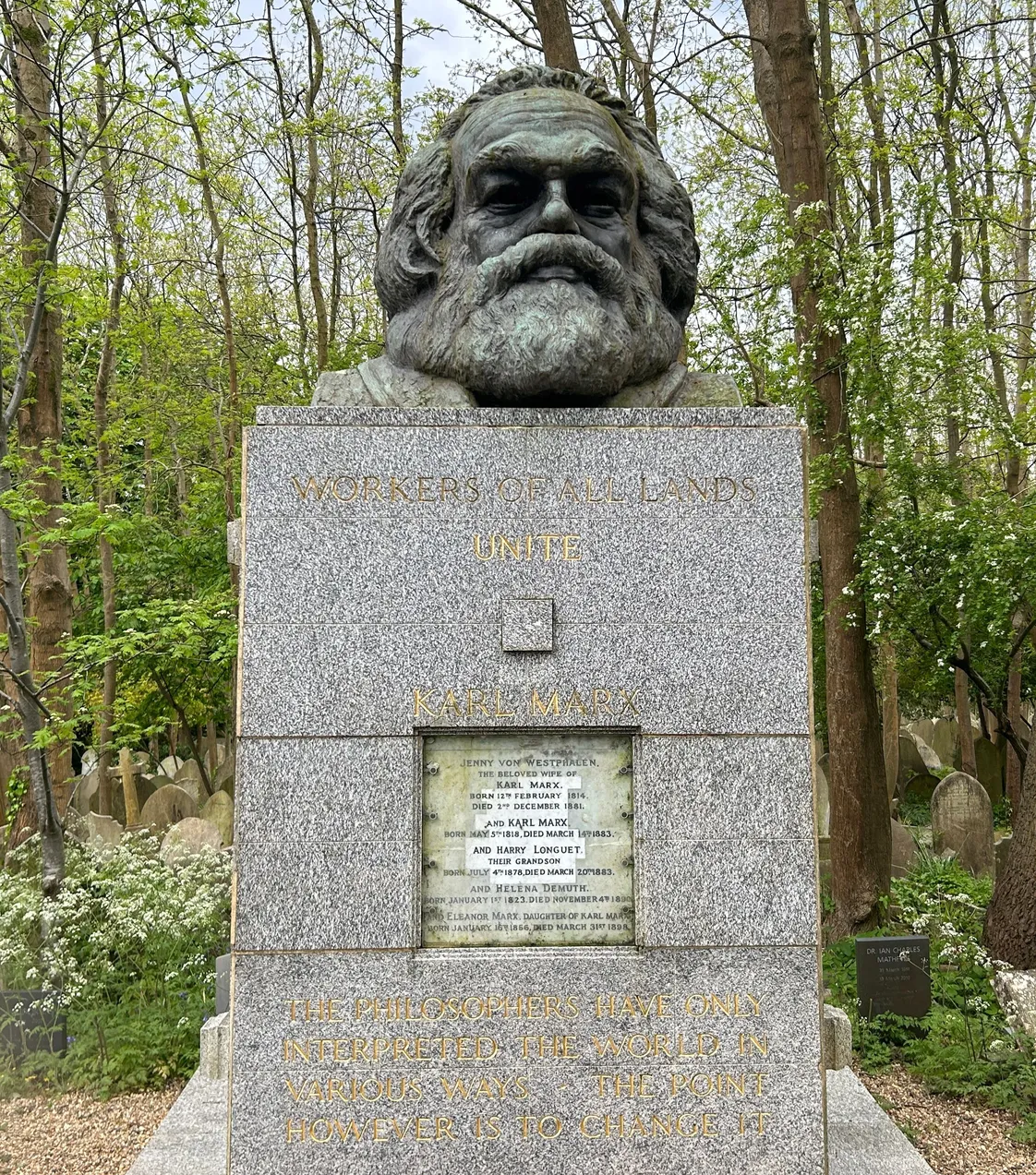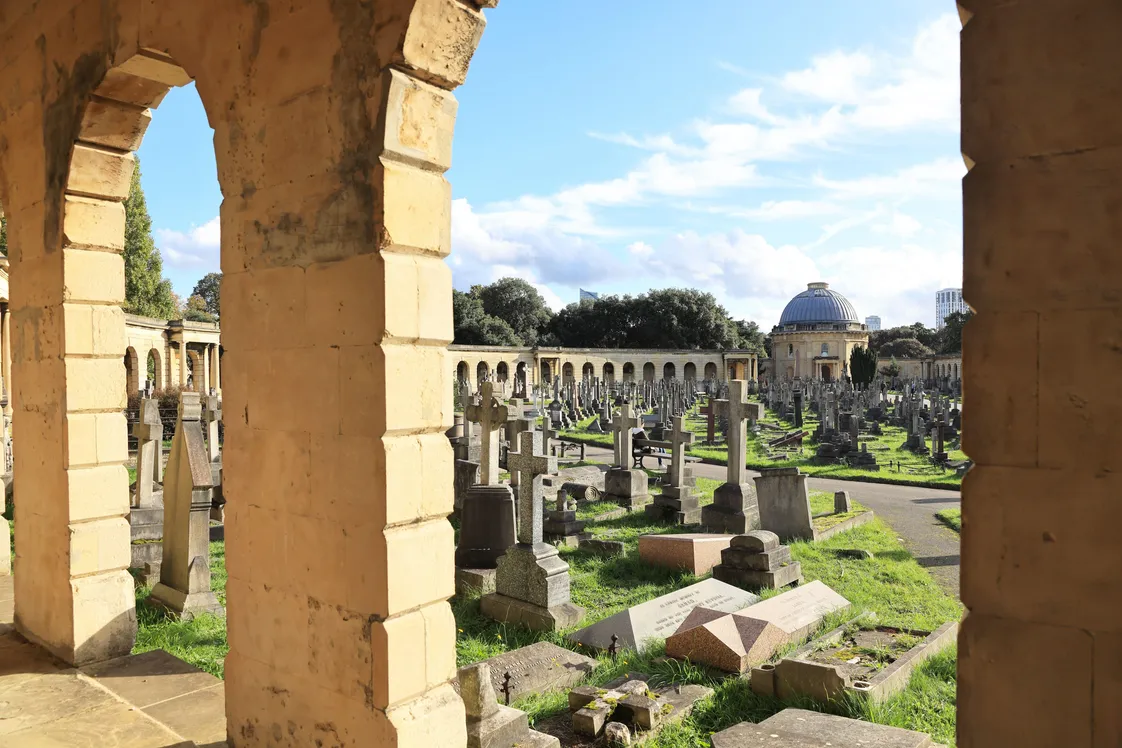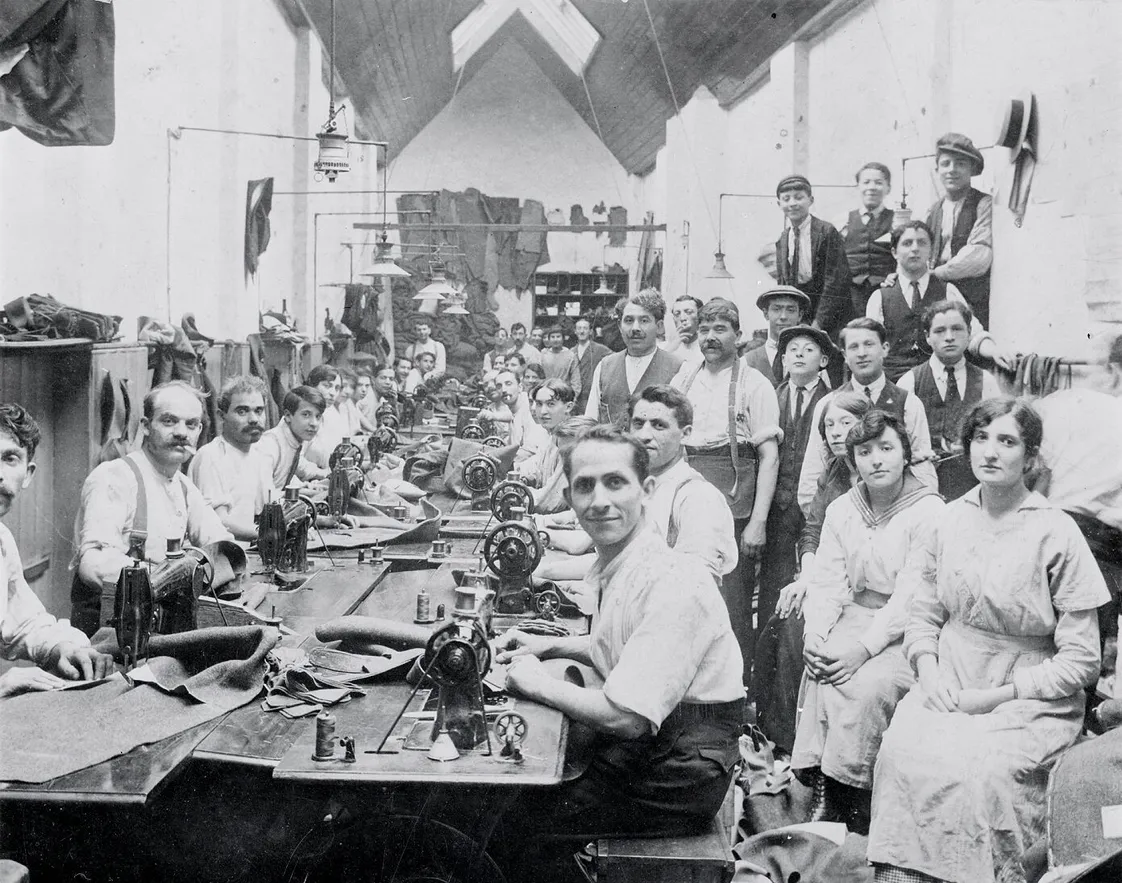Tower Hamlets Cemetery
Tower Hamlets Cemetery, in the East End, was the last of London’s Magnificent Seven cemeteries to be built. Over 350,000 people were buried there between 1841 and 1966.
Tower Hamlets
1841
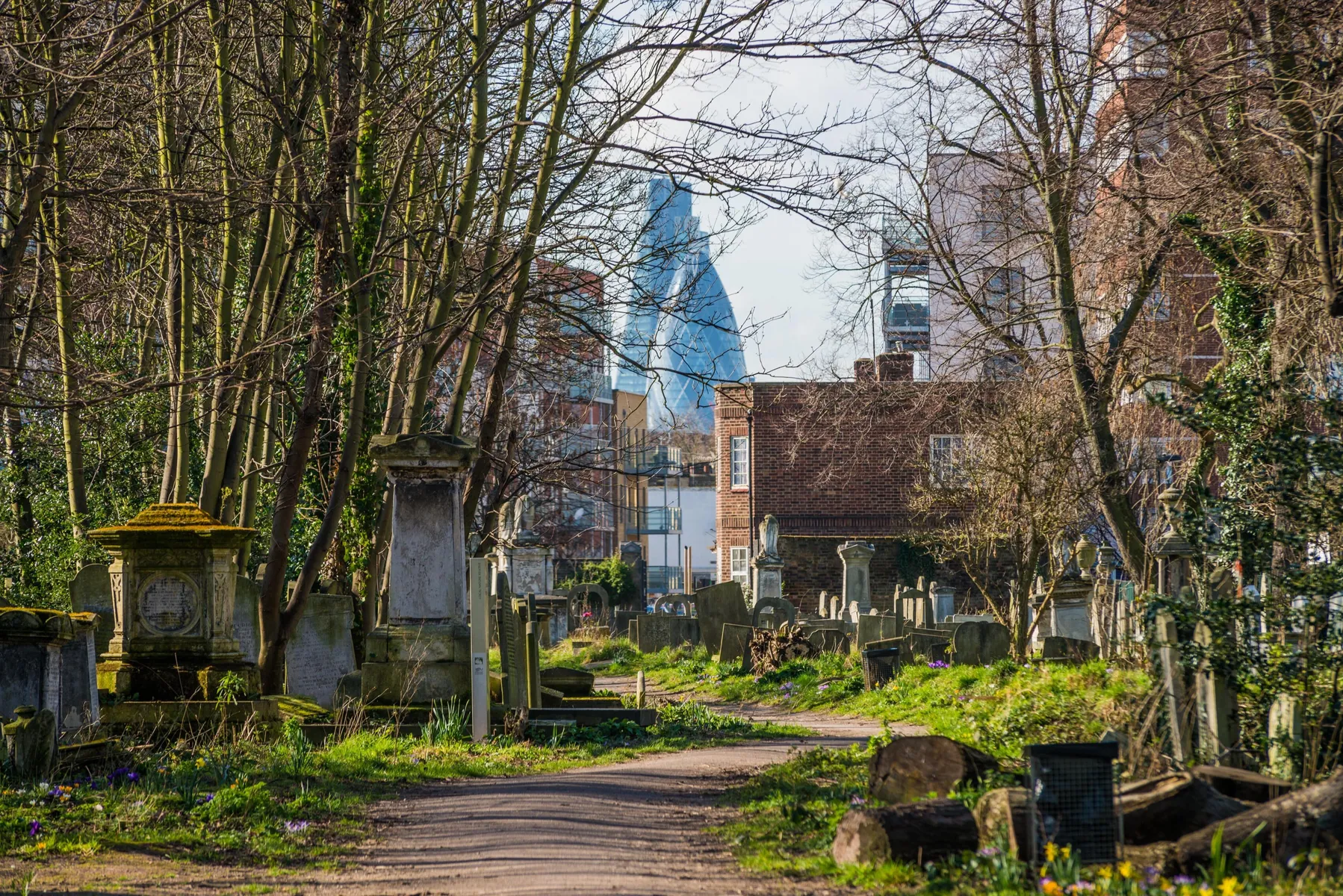
Urban London’s surprisingly big woodland
The Magnificent Seven cemeteries were created to give London much needed burial space. The sites chosen were on what was then London’s outskirts. They were much larger than local parish church graveyards. The companies that owned them were allowed to run them for profit.
The City of London and Tower Hamlets Cemetery, known locally as Bow Cemetery, was built in 1841 as a garden cemetery. This meant it had a variety of landscapes, planted with different kinds of trees and shrubs.
The landscape and buildings of Tower Hamlets were designed by architects Thomas Wyatt and David Brandon. The buildings included two chapels, one for Anglicans and one for dissenters, and a lodge. But over the years they were damaged and eventually demolished. The original cemetery wall still stands.
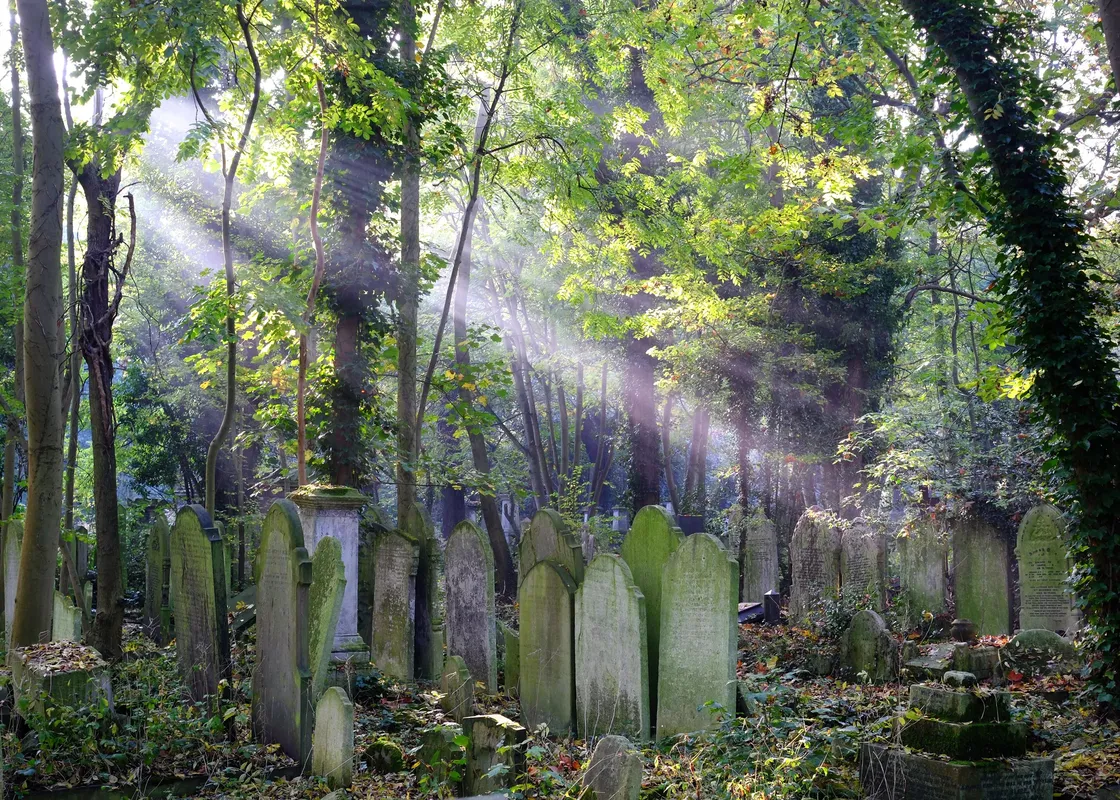
Wildlife among the gravestones.
Who’s buried at Tower Hamlets Cemetery?
One of the biggest funerals held at Tower Hamlets was in 1887, for a man called Alfred Linnell. He died after being injured by mounted police who charged at crowds during a demonstration. Tens of thousands of people joined his funeral procession, with speakers including William Morris, the famous designer and socialist.
Alexander ‘Alec’ Hurley, Victorian music hall singer and second husband to fellow entertainment star Marie Lloyd, is buried there. Born in the East End, he became one of London’s most famous and popular 'coster' singers, people who performed cockney songs.

Sheet music for the music hall song My London Country Lane, made popular by Alec Hurley.
Pioneering child poverty campaigner and social reformer Clara Grant was also laid to rest there.
There’s a monument commemorating three of philanthropist Thomas Barnardo’s children, which was unveiled in 2016. It also honours over 500 children who died while in the care of Barnardo’s orphanages in the East End between 1876 and 1924. These children were buried in public graves in the cemetery.
Falling into disrepair
Tower Hamlets is the second smallest of the Magnificent Seven cemeteries, after Brompton Cemetery. It was very popular with people from the East End – but fell into a neglected state only a few decades after it opened.
“gravestones are tumbling and lying about, apparently unclaimed and uncared for”
The London Burial Grounds, 1896
As early as 1896, Isabella Holmes, author of The London Burial Grounds, complained Tower Hamlets was “overcrowded and untidy”. She wrote that “gravestones are tumbling and lying about, apparently unclaimed and uncared for, amongst dead shrubs and rank grass”.
The cemetery was also bombed five times during the Second World War.
Closed to burials, open for birthday parties
In 1966, Tower Hamlets stopped accepting new burials. It was closed as a cemetery and renamed Tower Hamlets Cemetery Park. By that time 350,000 people had been buried in its grounds – more than recorded by any of the other Magnificent Seven cemeteries.
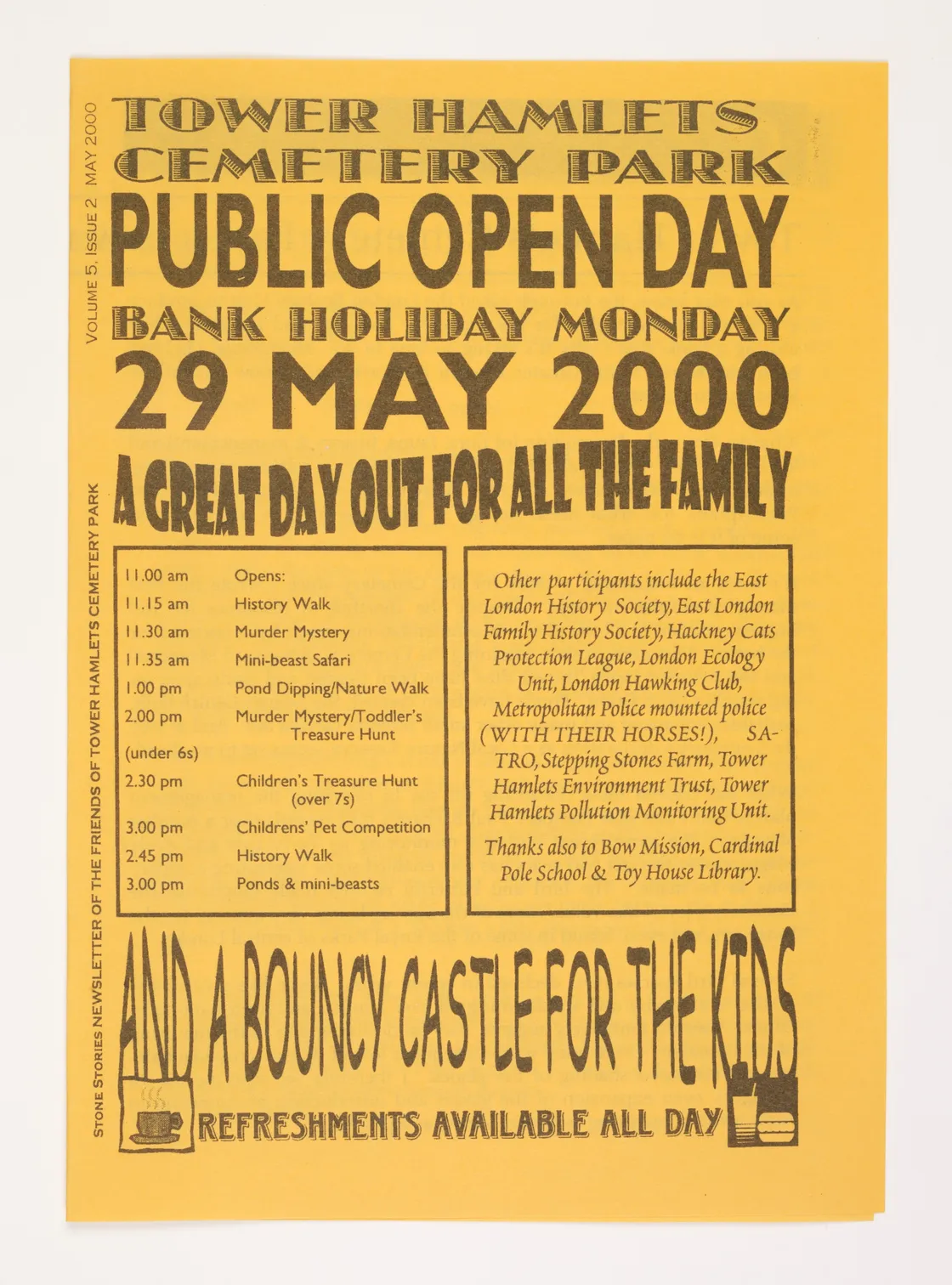
Leaflet advertising "A great day out for all the family" at Tower Hamlets Cemetery Park, featuring a history walk, murder mystery and treasure hunts.
Ownership passed to the local council in 1986. Four years later, the Friends of Tower Hamlets Cemetery Park was set up to look after the site for the community.
With the addition of another green space to its south, the area was declared a local nature reserve in 2001. The park has become a large urban woodland home to a variety of wild plants and insects.
Visitors can join events such as bee and butterfly walks, and the park even hosts “wild” parties for children.


